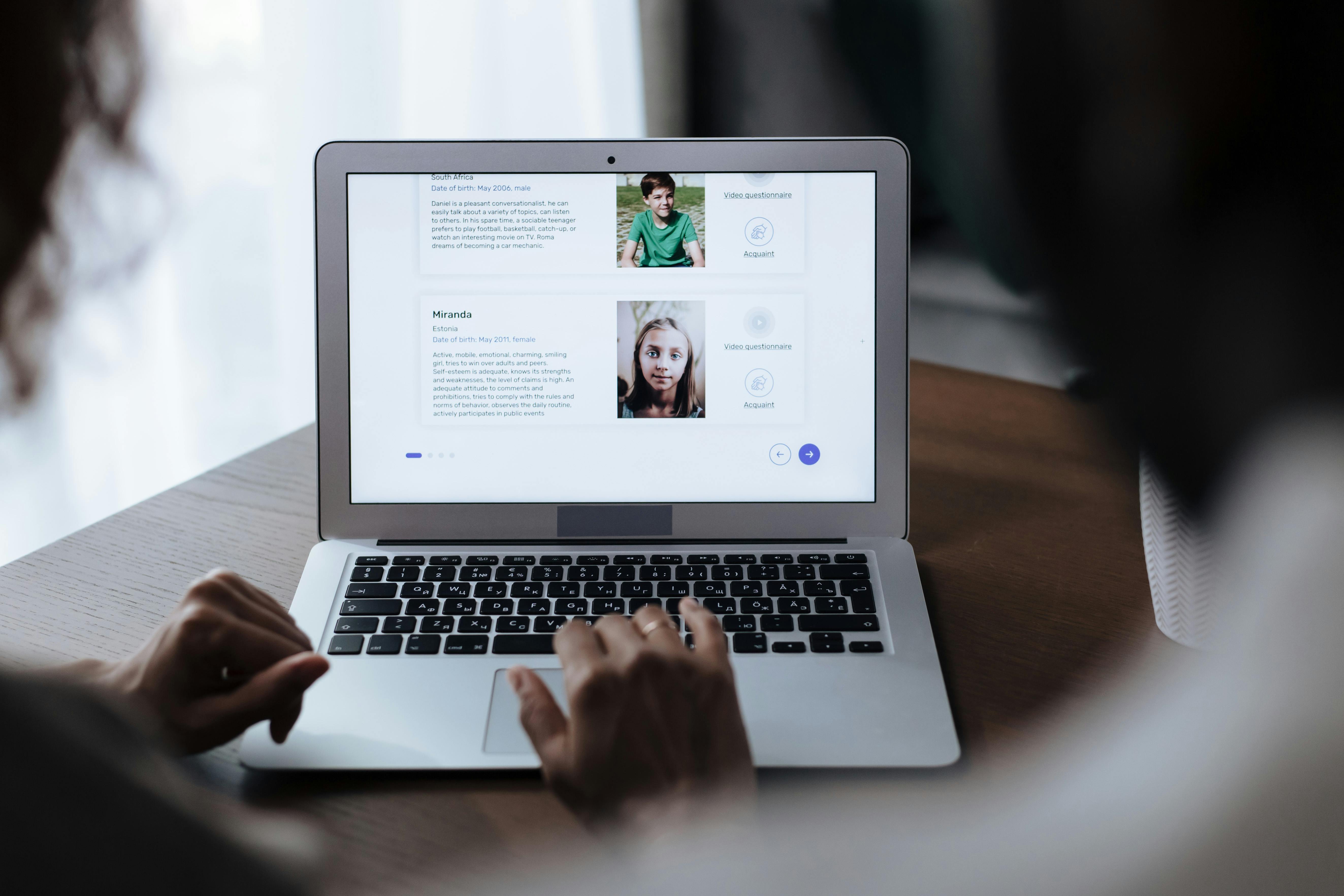Gone are the days when Google’s Page Rank was based solely on a website’s external links. This is no longer entirely true. Although external links still have a significant impact on Page Rank, with the introduction of Panda , the weight of external links has been diluted somewhat.
Therefore, here are some tips to help increase Page Rank:
Whenever you start a search for external links, try to see if these links are of quality and not from spammy, dubious or even pornographic sites.
1. Blog Comments – Blog comments are quite effective, especially if they have the “Do Follow” attribute, which means a backlink will come from that site. To confirm whether a blog has a “Do Follow” attribute, review some competitor links through the Open Site Explorer website .
2. Directory Listing – Here, you need to be very careful about which directory you insert your link to. Many directories are already considered spam by Google. Even paid directories are being penalized, so I recommend regional directories or those with a high reputation.
3. External spam links – Be careful about links from your website to spammy or contentless sites. You may receive emails asking for links to other sites, but if they don’t offer good content, you shouldn’t do it.
4. “No Follow” Attribute – The “No Follow” attribute “tells” Google not to follow a link’s path, preventing it from passing rankings to another site. This was a widely used technique to preserve a page’s PageRank. Currently, Google doesn’t “look favorably” on all “NoFollow” links (it might even follow some if they’re relevant…). The web is made up of interconnections between pages, and Google needs these links to find new pages. If Google really didn’t follow links, even if they were “NoFollow,” what would become of the web? I’m not saying you shouldn’t have this attribute, but you should use it sparingly.
5. Code validation – Having clean, accurate code is essential for a webmaster. Check your website’s code to confirm some W3C errors . I might add to this section moderation for the use of JavaScript or even Flash code. These are contents that Google spiders have difficulty reading and can slow down your page.
6. Website Speed – Google takes search speed and website speed very seriously. So, make sure your site is fast enough for a good browsing experience. With the Speed Tracer Chrome extension, you can get a better understanding of your site’s speed.
7. Domain Age – The age of a domain is very important. If your website is less than 1 year old, it will be difficult for Google to identify it as a trustworthy site. Try to build a good reputation for your website for as long as possible.
8. Buying external links – This is a common practice to quickly boost a website’s rankings. But in the long run, these sites will become “link farms” and be penalized by Google. Avoid paying for external links.
9. Internal Links – Here’s something you can easily control. Your site should have proper internal linking. Define the anchor text for all links (techdailybusiness) and assign names to all images as well. These links play a significant role in defining your site’s content.
10. Social Media – Google places a high value on content and sharing on social media. Be proactive on some social media platforms. You may not use them all daily, but they are a great source of links to your website. Promote your website as much as possible!




